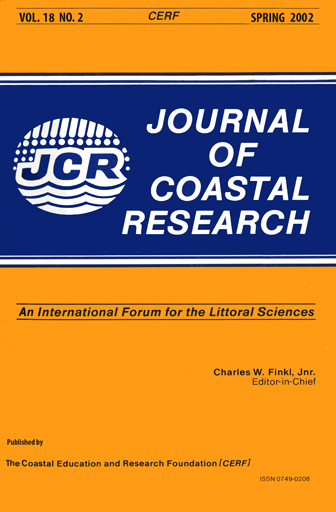Measurement and Prediction of Aeolian Sediment Transport at Jandia Isthmus (Fuerteventura, Canary Islands)
Keywords:
Wind profiles, grain-size, density, sand traps, calibration, Canary IslandsAbstract
Predictive models of aeolian sediment transport are calibrated and validated with empirical measurements in the Jandia Isthmus (Canary islands), which consist s of a wide diversity of aeolian environments, from dunes to sand sheets and serir areas. Empirical aeolian sediment transport rates measured by vertical sand traps simultaneously with wind velocity profiles permit validation of such models, as well as selection of the best performing equation. The model of ZINGG (1953) for horizontal or nearly-horizontal surfaces and the model HARDISTY and WHITEHOUSE (1988) applicable to dipping surfaces have shown the best agreement with measurements. In this paper, a new equation is defined and applied to predict the monthly and annual aeolian sand transport at the site. Sediment flux was found to be mainly to the South or South -Southeast, caused by the dominant northerly trade winds as well as the local topography. Wadis channel the wind and associated transport, but a high transport also occurs to the southwest along the windward coast. Therefore, supply of sediments to both coastal sides has been quantified and the pattern of flux described. Sand blown from Jandia Isthmus constitutes a significant source of materials for both the leeward and windward beaches.


